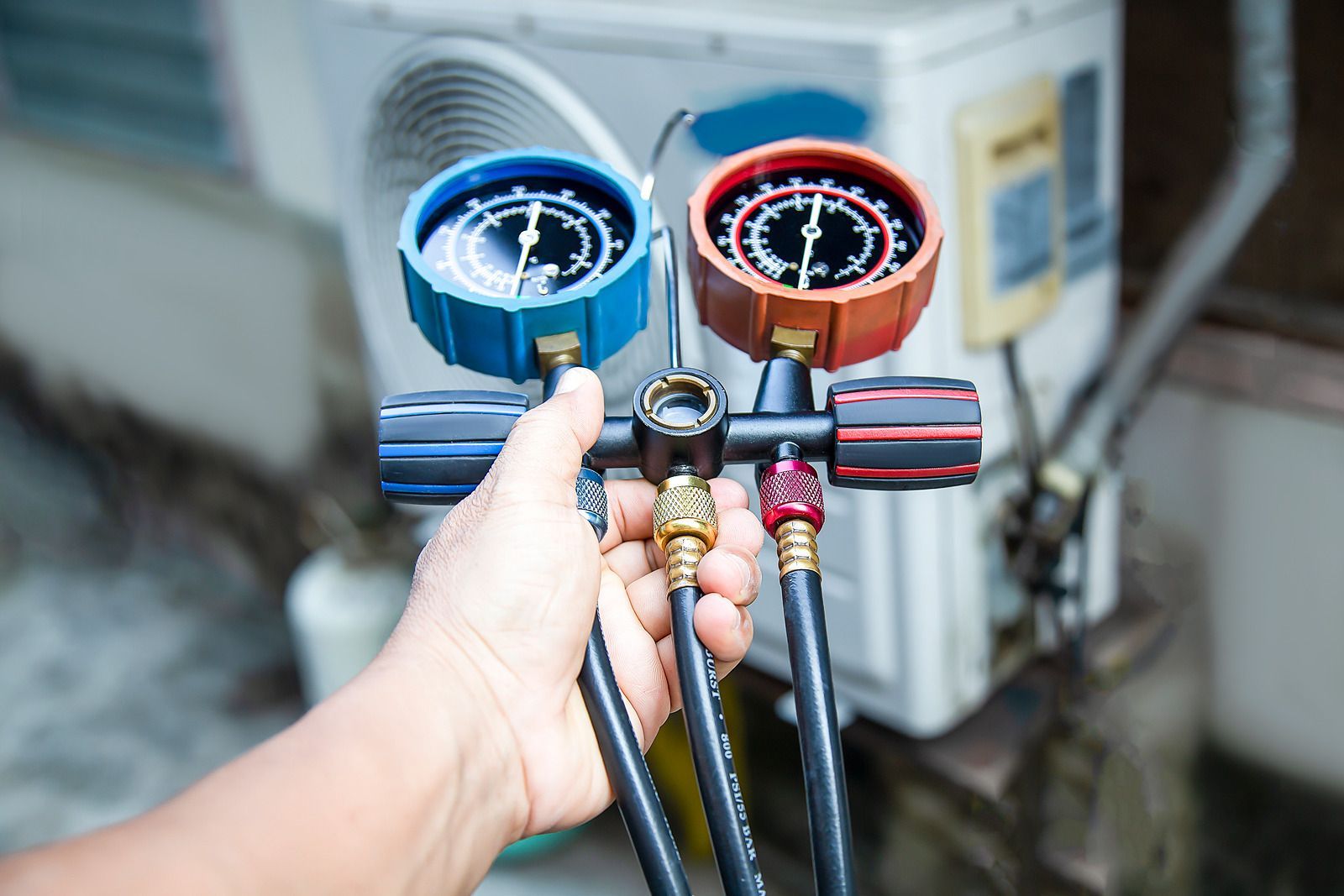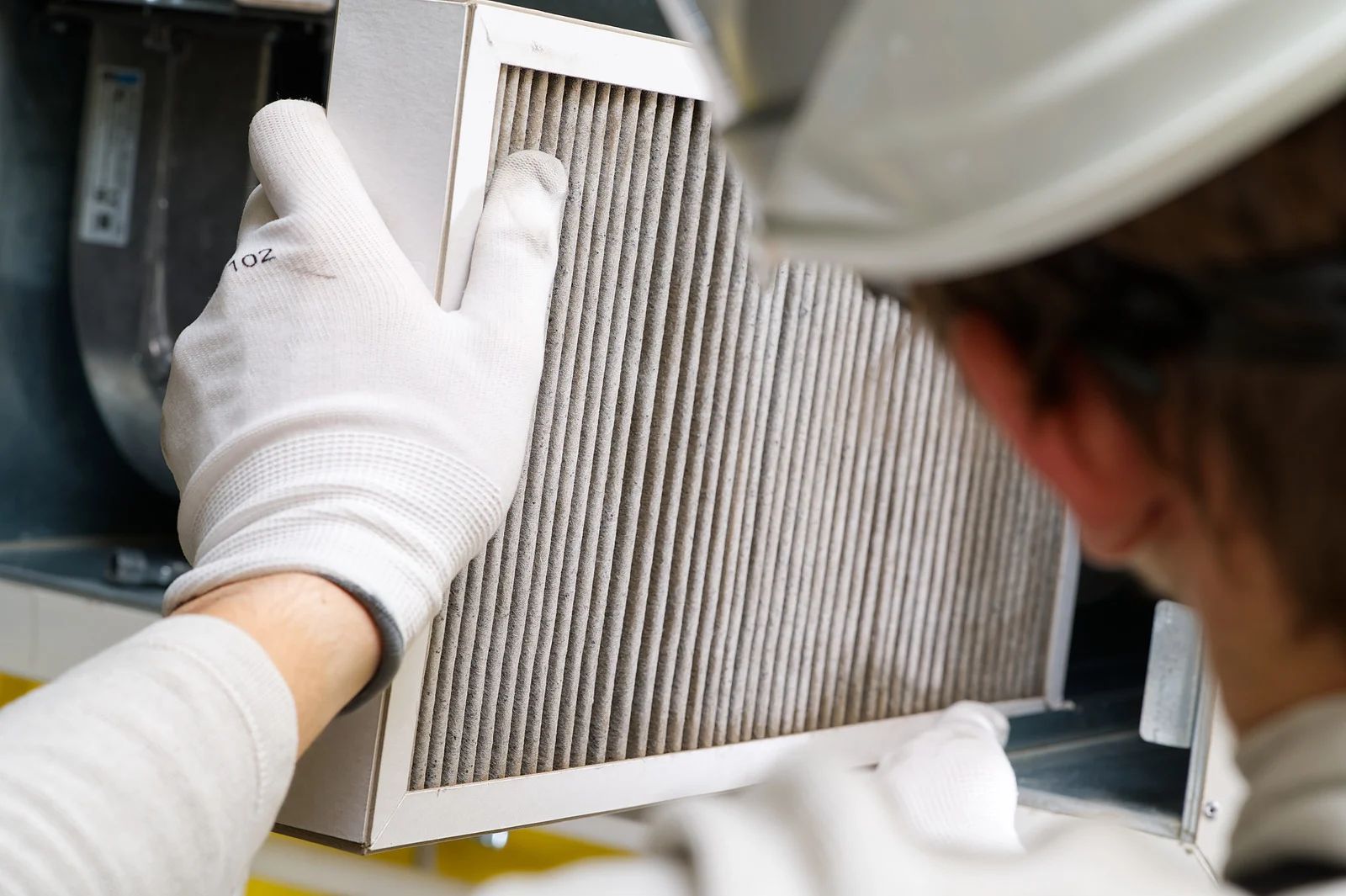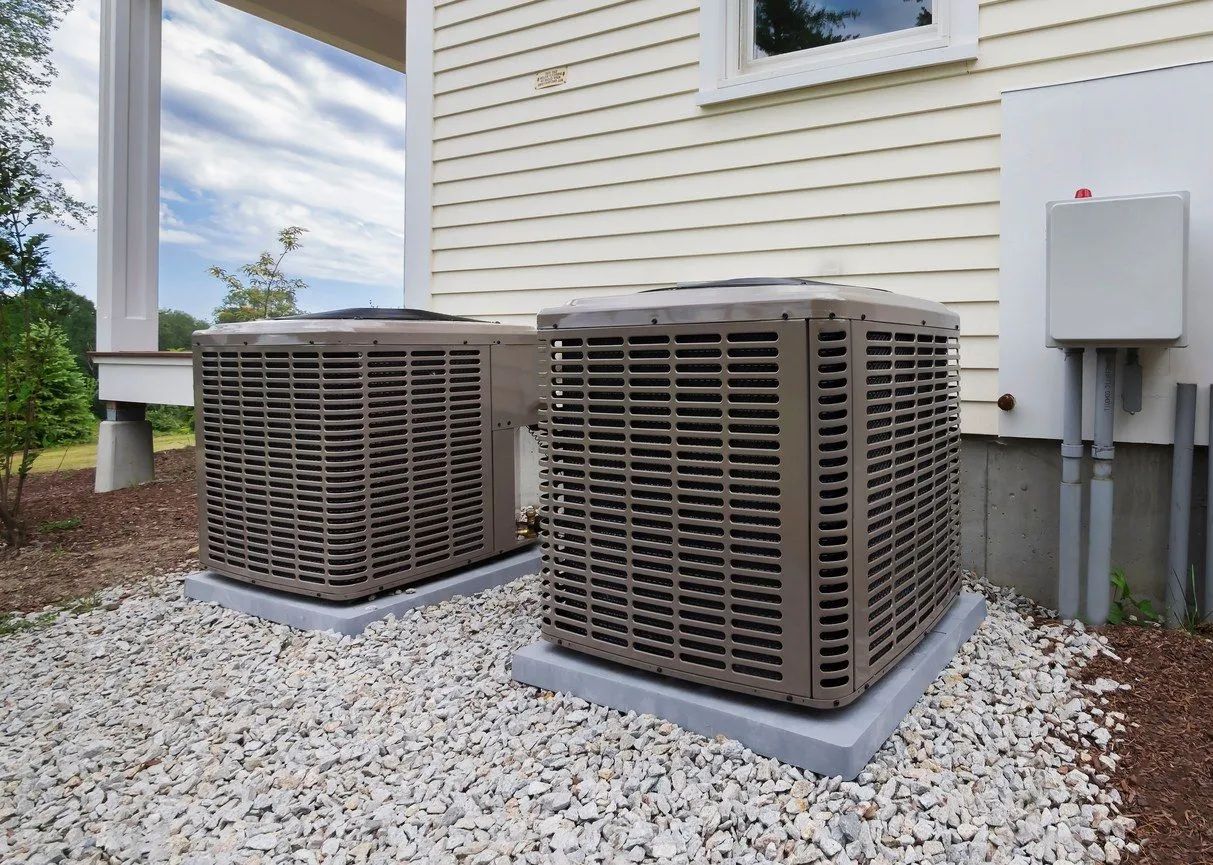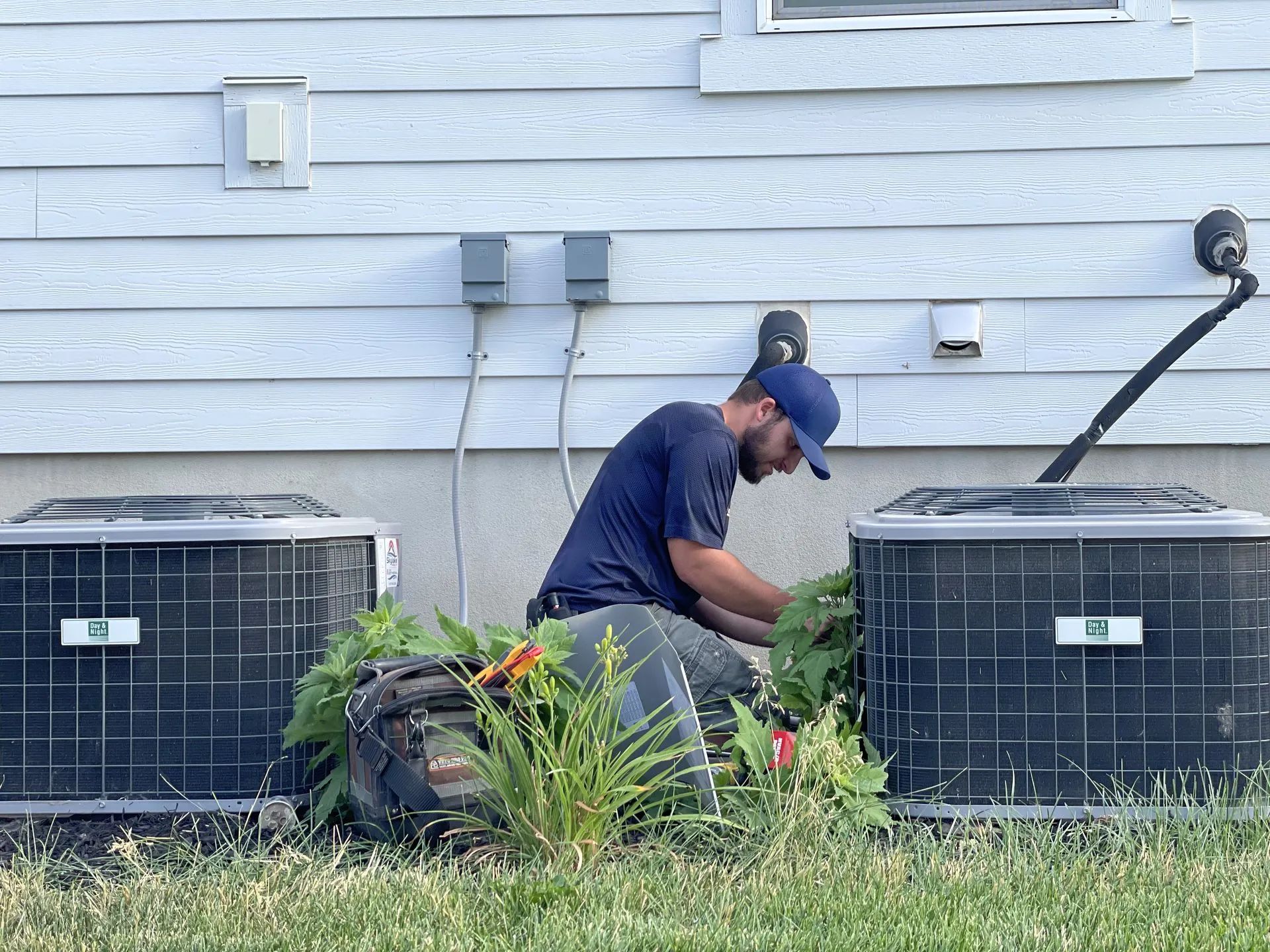Common Causes of Refrigerant Leaks and How to Fix Them
October 2, 2025

A refrigerant leak is one of the most common HVAC problems, leading to inefficient cooling, higher energy bills, and potential system breakdowns. Whether you have a central air conditioner, heat pump, or ductless mini-split, refrigerant is essential for absorbing and transferring heat. When leaks occur, your system struggles to maintain the desired temperature, putting extra strain on components and shortening its lifespan.
Understanding what causes refrigerant leaks and how to address them can help prevent costly repairs and improve your system’s efficiency. If you suspect a leak, it's crucial to act quickly to avoid further damage and ensure your HVAC system operates at peak performance.
What Causes Refrigerant Leaks?
1. Corrosion in the Refrigerant Lines
Over time, exposure to moisture, chemicals, and contaminants can cause the copper refrigerant lines to corrode. This is especially common in areas with high humidity or where volatile organic compounds (VOCs) are present. Corrosion leads to tiny pinhole leaks that allow refrigerant to escape gradually.
How to Fix It: If corrosion is minimal, sealing the leaks may be possible. However, if the damage is extensive, replacing the affected refrigerant lines is the best solution. Installing an air purifier or reducing exposure to chemicals can help prevent future corrosion.
2. Worn or Damaged Joints and Connections
HVAC systems have multiple joints, valves, and connectors that can weaken over time due to vibrations and normal wear and tear. As these connections loosen, refrigerant can start leaking from the system.
How to Fix It: A professional HVAC technician can inspect and tighten connections or replace worn-out components. Regular maintenance helps detect weak spots before they develop into major leaks.
3. Physical Damage to the Coils
The evaporator and condenser coils are responsible for heat exchange in your air conditioning system. Accidental impacts, improper handling during maintenance, or debris buildup can cause cracks or punctures in the coils, leading to refrigerant loss.
How to Fix It: Depending on the severity of the damage, coils can sometimes be patched. However, in many cases, replacing the damaged coil is the most effective and long-term solution. Keeping the outdoor unit clear of debris and scheduling routine inspections can prevent accidental damage.
4. Factory Defects or Poor Installation
Sometimes, refrigerant leaks occur due to manufacturing defects or installation errors. If a unit is poorly assembled, has weak solder joints, or has improperly connected lines, leaks can develop soon after installation.
How to Fix It: If the leak is due to a factory defect, it may be covered under warranty. If improper installation is the cause, an experienced HVAC professional can correct the issue by properly sealing or replacing faulty components.
5. Excessive System Vibration
HVAC systems experience vibrations when running, especially if they are not properly mounted or have loose components. Over time, excessive vibration can weaken refrigerant lines, causing small cracks or disconnections that lead to leaks.
How to Fix It: Adding vibration-absorbing mounts and ensuring the unit is securely fastened can minimize movement and reduce the risk of leaks. If refrigerant lines are already damaged, they will need to be repaired or replaced.
If your HVAC system isn't cooling properly, a
refrigerant leak could be the culprit. At Warner Heating & Air Conditioning
in Riverton, UT, our team has 35
years of experience diagnosing and repairing refrigerant leaks quickly and efficiently. Whether it’s a minor fix or a major repair, we’ll ensure your system runs smoothly again. Contact us today to schedule an inspection and get your cooling system back in top shape!






